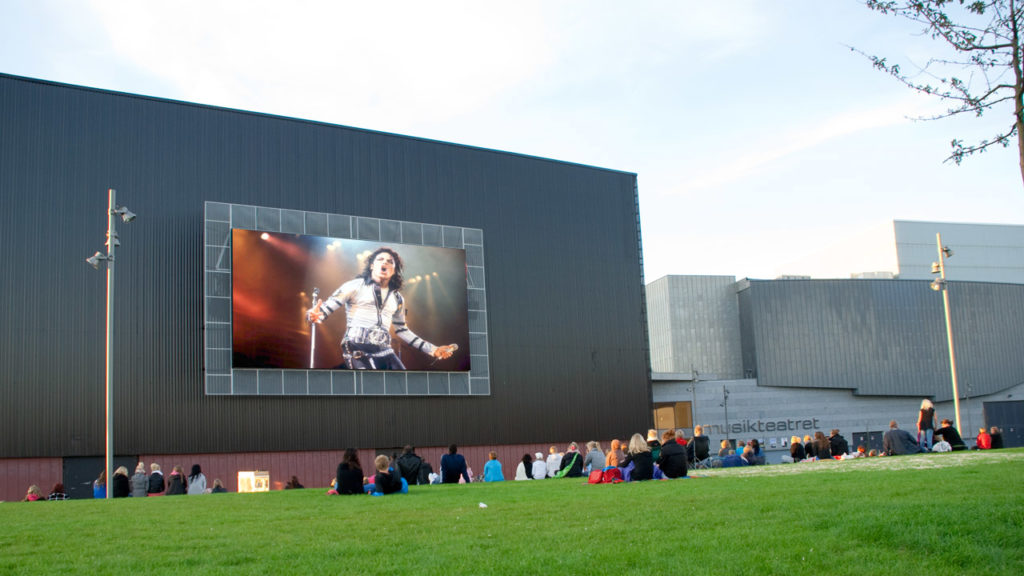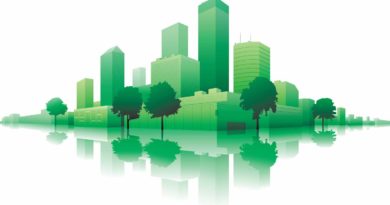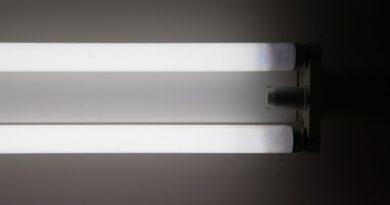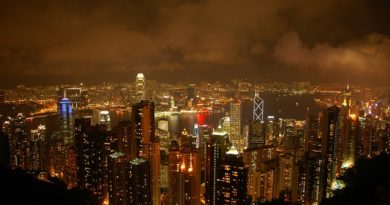SUSTAINABLE LIGHTING | LED
A light-emitting-diode (LED) is a semiconductor diode that emits light when an electric current is applied in the forward direction of the device, from the anode to the cathode. The effect is a form of electroluminescence where narrow-spectrum light is emitted in a solid state material. LEDs are widely used as indicator lights on electronic devices and increasingly in higher power applications such as flashlights and area lighting.
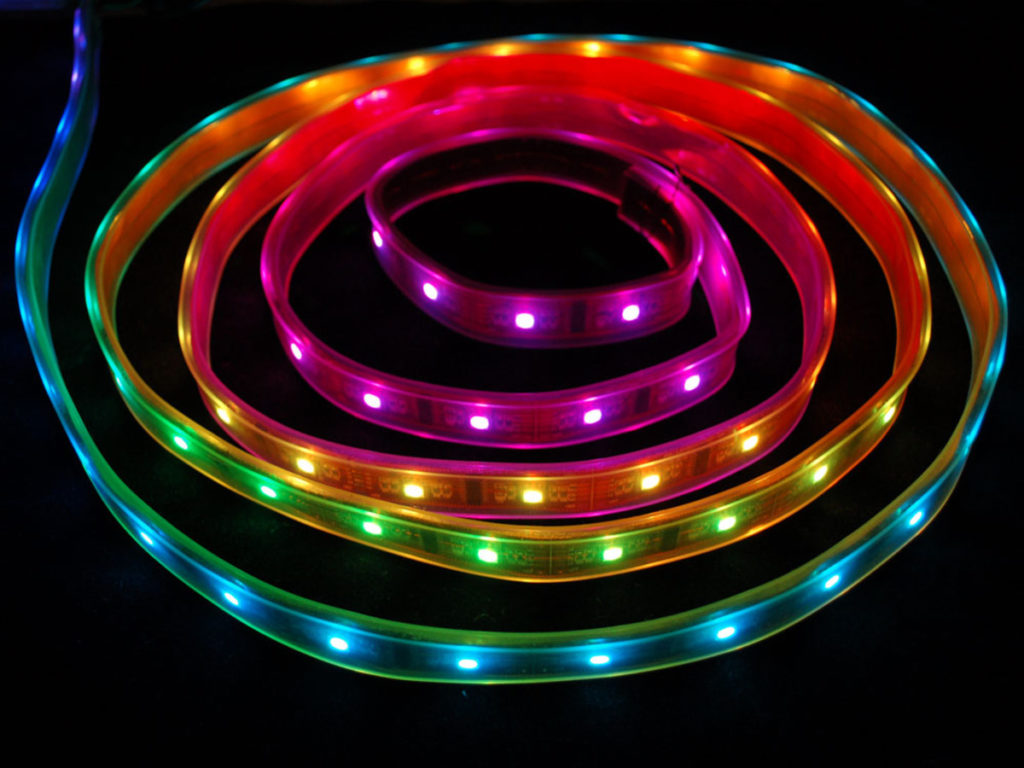 An LED is usually a small (less than 1 mm) light source. The color of the emitted light depends on the composition and condition of the semiconducting material used, and can be infrared, visible, or ultraviolet. As an Architect, I have listed the advantages and disadvantages of LEDs in Green buildings under the following headings:
An LED is usually a small (less than 1 mm) light source. The color of the emitted light depends on the composition and condition of the semiconducting material used, and can be infrared, visible, or ultraviolet. As an Architect, I have listed the advantages and disadvantages of LEDs in Green buildings under the following headings:
What are the advantages of LEDs in Green buildings?
What are the disadvantages of LEDs in Green buildings?
ADVANTAGES OF LED IN GREEN BUILDINGS:
Efficiency: LEDs produce more light per watt than incandescent bulbs, at close to 100 lumens per watt; this is useful in battery powered or energy-saving devices.
Colour: LEDs can emit light of an intended colour without the use of colour filters that traditional lighting methods require. This is more efficient and can lower initial costs.
Size: LEDs can be very small -just a cubic millimetre and can be packed into small spaces.
On/Off time: LEDs light up very quickly. A typical indicator LED will achieve full brightness in microseconds.
Cycling: LEDs are ideal for use in applications that are subject to frequent on-off cycling, unlike fluorescent lamps that burn out more quickly when cycled frequently, Halide lamps that require a long time before restarting.
Dimming: LEDs can very easily be dimmed either by modulation or lowering the forward current.
Cool light: In contrast to most light sources, LEDs radiate very little heat in the form of infra red that can cause damage to sensitive objects or fabrics. Wasted energy is dispersed as heat through the base of the LED.
Slow failure: LEDs mostly fail by dimming over time, unlike the abrupt burn-out of incandescent bulbs.
Lifetime: LEDs can have a relatively long useful life. One report estimates 35,000 to 50,000 hours of useful life, though time to complete failure may be longer. Fluorescent tubes typically are rated at about 10,000 to 15,000 hours and incandescent light bulbs at 1,000–2,000 hours.
Shock resistance: LEDs, being solid state components, are difficult to damage with external shock, unlike fluorescent and incandescent bulbs which are fragile.
Focus: The solid package of the LED can be designed to focus its light, the light can be collimated and lensed to any angle. Incandescent and fluorescent sources often require an external reflector to collect light and direct it in a usable manner.
Disposabilty: LEDs do not contain mercury, unlike fluorescent lamps and can be easily disposed.
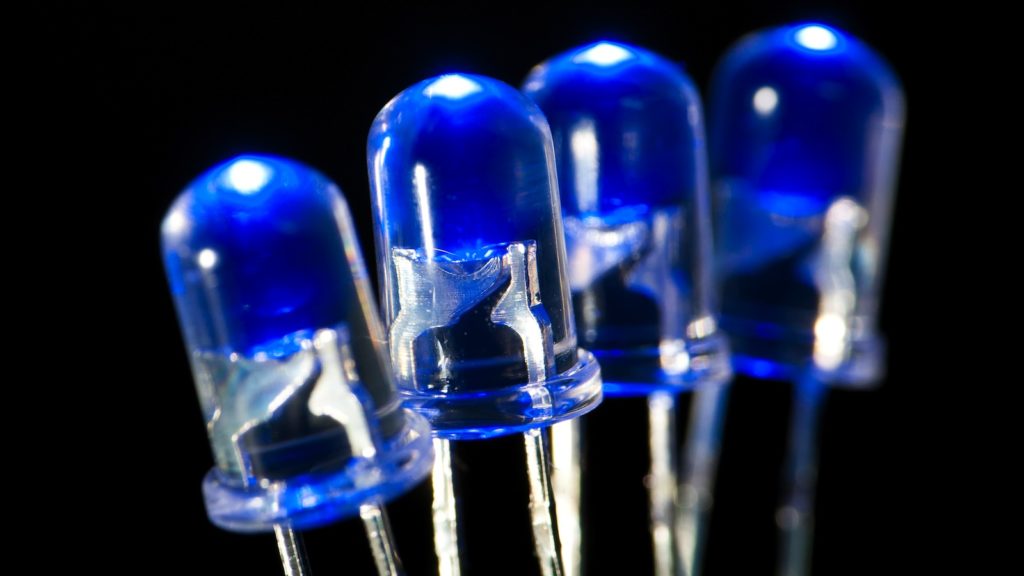 Because of the advantages, LEDs hold a theoretical promise that these devices could actually come close to achieving the nirvana of lighting- that of eternal life, pure conversion of each watt of electrical energy into light, no infra-red, ultra-violet, no heat, no X-rays. Nothing but white light. The energy savings would be huge. And it could mean that if you have installed an LED in your house today, your grandchildren might still be using it 50 years on!
Because of the advantages, LEDs hold a theoretical promise that these devices could actually come close to achieving the nirvana of lighting- that of eternal life, pure conversion of each watt of electrical energy into light, no infra-red, ultra-violet, no heat, no X-rays. Nothing but white light. The energy savings would be huge. And it could mean that if you have installed an LED in your house today, your grandchildren might still be using it 50 years on!
As a result of the new developments in LED technology, suddenly from being the humble indicator on the microwave, stereo or washing machine, they are everywhere – lighting homes, cinemas, discos, malls, signage, traffic lights, torches, medical instruments, cellphones, watches, giant TV screens. The list is endless.
DISADVANTAGES OF LED IN GREEN BUILDINGS:
High price: LEDs are currently more expensive, price per lumen, on an initial capital cost basis, than most conventional lighting technologies. The additional expense partially stems from the relatively low lumen output and the fact that technology is growing very rapidly and huge investments have been made in development with very little time to recover these costs.
Temperature dependence: LED performance largely depends on the ambient temperature of the operating environment. Over-driving the LED in high ambient temperatures may result in overheating of the LED package, eventually leading to device failure. This is especially important when considering automotive, medical, and military applications where the device must operate over a large range of temperatures, and is required to have a low failure rate.
Voltage sensitivity: LEDs must be supplied with the voltage above the threshold and a current below the rating. This can involve series resistors or current-regulated power supplies.
Light quality: Most cool-white LEDs have spectra that differ significantly from the sun or an incandescent light. This can cause the color of objects to be perceived differently under cool-white LED illumination than under sunlight or incandescent sources. However, the color rendering properties of common fluorescent lamps are often inferior to what is now available in state-of-art white LEDs.
Blue Hazard: There is increasing concern that blue LEDs and cool-white LEDs are now capable of exceeding safe limits of the so-called blue-light hazard as defined in eye safety specifications.
Blue pollution: Because cool-white LEDs emit much more blue light than conventional outdoor light sources such as sodium lamps, the strong wavelength dependence of Rayleigh scattering means that cool-white LEDs can cause more light pollution than other light sources.
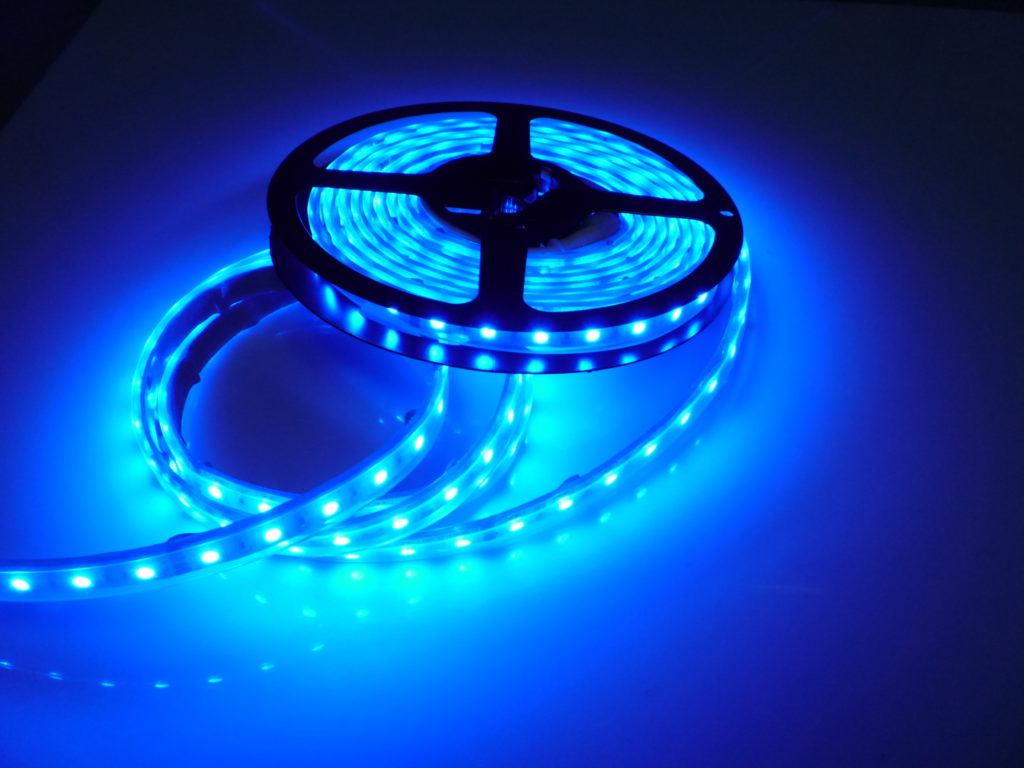
Though LEDs have some disadvantages, huge investments have been made in development of LED technology, because the amazing scope that they have to offer is becoming apparent to us. Surely this is the smallest biggest thing in the world of sustainable lighting.
If you found this post useful, I would really love it if you pin it or share it. I have not blocked the site just because your ad blocker is switched on because I hope my content will be useful to you. But I am able to run this site only because of the ads. So I will be obliged if you turn off your ad blocker. Thank you!
Related Topics:
- Green Buildings Lighting | Incandescent Lamps
- Green Buildings Lighting | Compact Fluorescent Lamps
- Green Buildings Lighting | Fluorescent Tube Light
- Green Buildings Lighting | Metal Halides
- Green Buildings Lighting | Sodium Vapour Lamp
- Green Buildings Lighting | Halogen
Also Read about:

